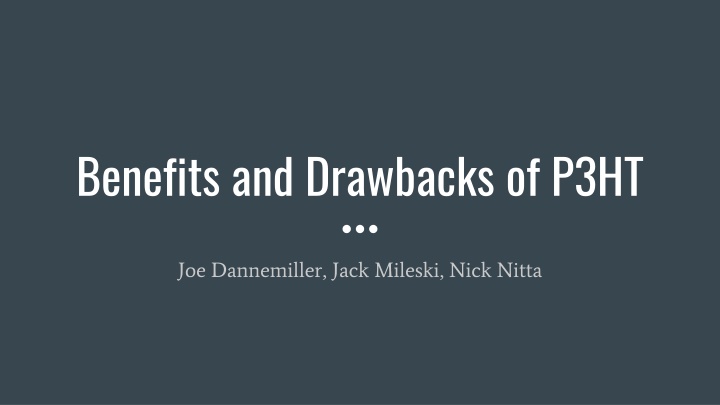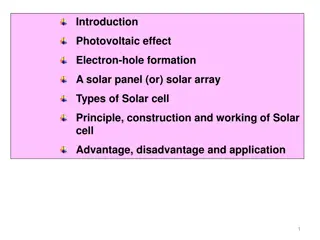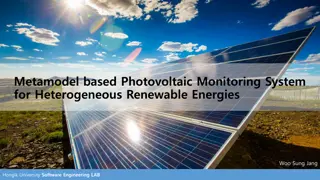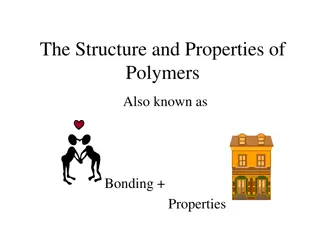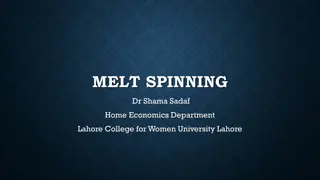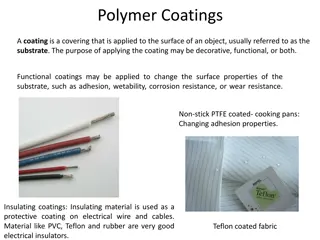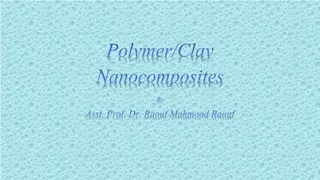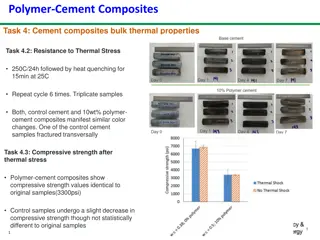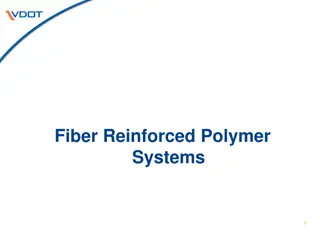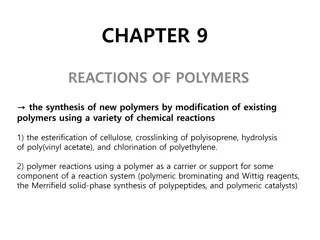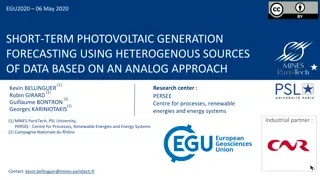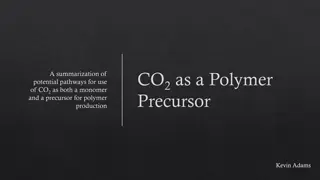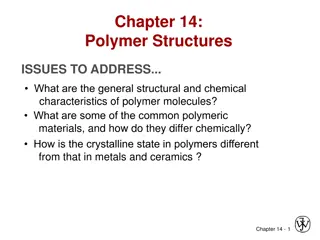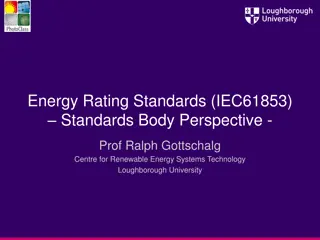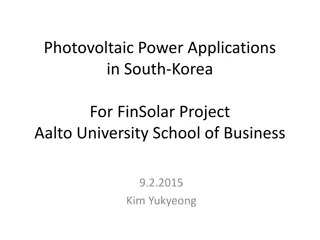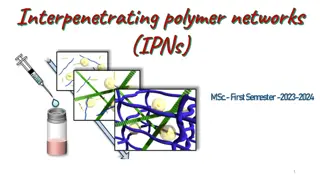Benefits and Drawbacks of P3HT Photovoltaic Polymer
P3HT (Poly(3-hexylthiophene)) is a cost-effective, resource-efficient, and energy-efficient polymer for solar cells, but degrades rapidly when exposed to water vapor. Research is ongoing to overcome this drawback and improve its efficiency. Learn about the history, working principle, and research behind P3HT in organic solar cells.
Download Presentation

Please find below an Image/Link to download the presentation.
The content on the website is provided AS IS for your information and personal use only. It may not be sold, licensed, or shared on other websites without obtaining consent from the author.If you encounter any issues during the download, it is possible that the publisher has removed the file from their server.
You are allowed to download the files provided on this website for personal or commercial use, subject to the condition that they are used lawfully. All files are the property of their respective owners.
The content on the website is provided AS IS for your information and personal use only. It may not be sold, licensed, or shared on other websites without obtaining consent from the author.
E N D
Presentation Transcript
Benefits and Drawbacks of P3HT Joe Dannemiller, Jack Mileski, Nick Nitta
What is P3HT? Poly(3-hexylthiophene) is a polymer chain photovoltaic alternative to silicon solar cells. It is much more efficient than silicon in every way except one. Ge, Weihao. An Overview on P3HT:PCBM, the Most Efficient Organic Solar Cell Material so Far. (n.d.): n. pag. 2009. Web. 29 Sept. 2015.
How do normal solar cells work? 1. Light strikes the solar cell 2. Electrons are removed from the atoms of the semiconductor material 3. The electrons move through the conductors at either end of the cell 4. An electric current takes place Ge, Weihao. An Overview on P3HT:PCBM, the Most Efficient Organic Solar Cell Material so Far. (n.d.): n. pag. 2009. Web. 29 Sept. 2015.
Carl, J. E. (2014) Important Materials for the Active Layer in Organic Solar Cells. PlasticPhotovoltaics.org.
History behind P3HT Photovoltaic idea discovered in 19th century Officially started research in 1950 s Initially researched organic dyes (chlorophyll) Plastic solar cells currently being researched for increased shelf and operating lifetime Ge, Weihao. An Overview on P3HT:PCBM, the Most Efficient Organic Solar Cell Material so Far. (n.d.): n. pag. 2009. Web. 29 Sept.
What research has been done? Research has been done that suggests why P3HT is popular in the active layer of solar cells. The active layer converts solar energy to electrical energy. Cost and efficiency Due to its reactive properties with water vapor, it has a very short life span. Research is also being done to solve this issue. This is the only real drawback of this polymer. "A New Form of Chlorophyll?" Scientific American Global RSS. N.p., n.d. Web. 20 Oct. 2015. "Sharp Solar Cells Can Reach 60 Percent Efficiency." SlashGear. N.p., 20 June 2014. Web. 20 Oct. 2015. Dang, M. T., Hirsch, L., Wantz, Guillaume. (2011) P3HT:PCBM, Best Seller in Polymer Photovoltaic Research. Wiley Online Library.
Benefits: Drawbacks: Cost effective Will degrade rapidly when exposed to water, including small amounts of water vapor present in air Better allocation of resources More energy efficient Higher physical durability Lightweight "Difference between Photovoltaic Solar Cells." Photovoltaic Cells: History of Photovoltaic Solar Cells. N.p., n.d. Web. 20 Oct. 2015.
The alternatives: Normal silicon solar cells are what are commonly used today. Despite being less efficient and costing more money, they are much more durable than P3HT based cells. While P3HT is cheaper, it is not cheap enough to replace the cells every few years after they have decomposed. Ge, Weihao. An Overview on P3HT:PCBM, the Most Efficient Organic Solar Cell Material so Far. (n.d.): n. pag. 2009. Web. 29 Sept. 2015.
Sources Bejboiji, H., Urien, M., Dautel, O. J. (2011) Polymeric Solar Cells Based on P3HT:PCBM Role of the Casting Solvent. Solar Energy Materials and Solar Cells. V. 95, I. 12. Carl , J. E. (2014) Important Materials for the Active Layer in Organic Solar Cells. PlasticPhotovoltaics.org. Dang, M. T., Hirsch, L., Wantz, Guillaume. (2011) P3HT:PCBM, Best Seller in Polymer Photovoltaic Research. Wiley Online Library. Ge, Weihao. An Overview on P3HT:PCBM, the Most Efficient Organic Solar Cell Material so Far. (n.d.): n. pag. 2009. Web. 29 Sept. 2015. Greenham, Neil C. "Polymer Solar Cells." The Royal Society Publishing. N.p., 1 July 2013. Web. 29 Sept. 2015. Wright, Matthew, and Ashraf Uddin. Organic - Inorganic Hybrid Solar Cells: A Comparative Review (n.d.): n. pag. Wright Solar Papers. 2 Dec. 2011. Web. 29 Sept. 2015. "Difference between Photovoltaic Solar Cells." Photovoltaic Cells: History of Photovoltaic Solar Cells. N.p., n.d. Web. 20 Oct. 2015. "A New Form of Chlorophyll?" Scientific American Global RSS. N.p., n.d. Web. 20 Oct. 2015. "Sharp Solar Cells Can Reach 60 Percent Efficiency." SlashGear. N.p., 20 June 2014. Web. 20 Oct. 2015.
